This post may contain affiliate links. See my disclosure policy.
Kabocha Squash, also known as Japanese Squash or Japanese Pumpkin, is a lesser-known squash perfect for stuffing, pureeing, and roasting! Naturally sweet and incredibly versatile, keep reading to learn how to prepare and cook kabocha squash for the perfect fall side dish.
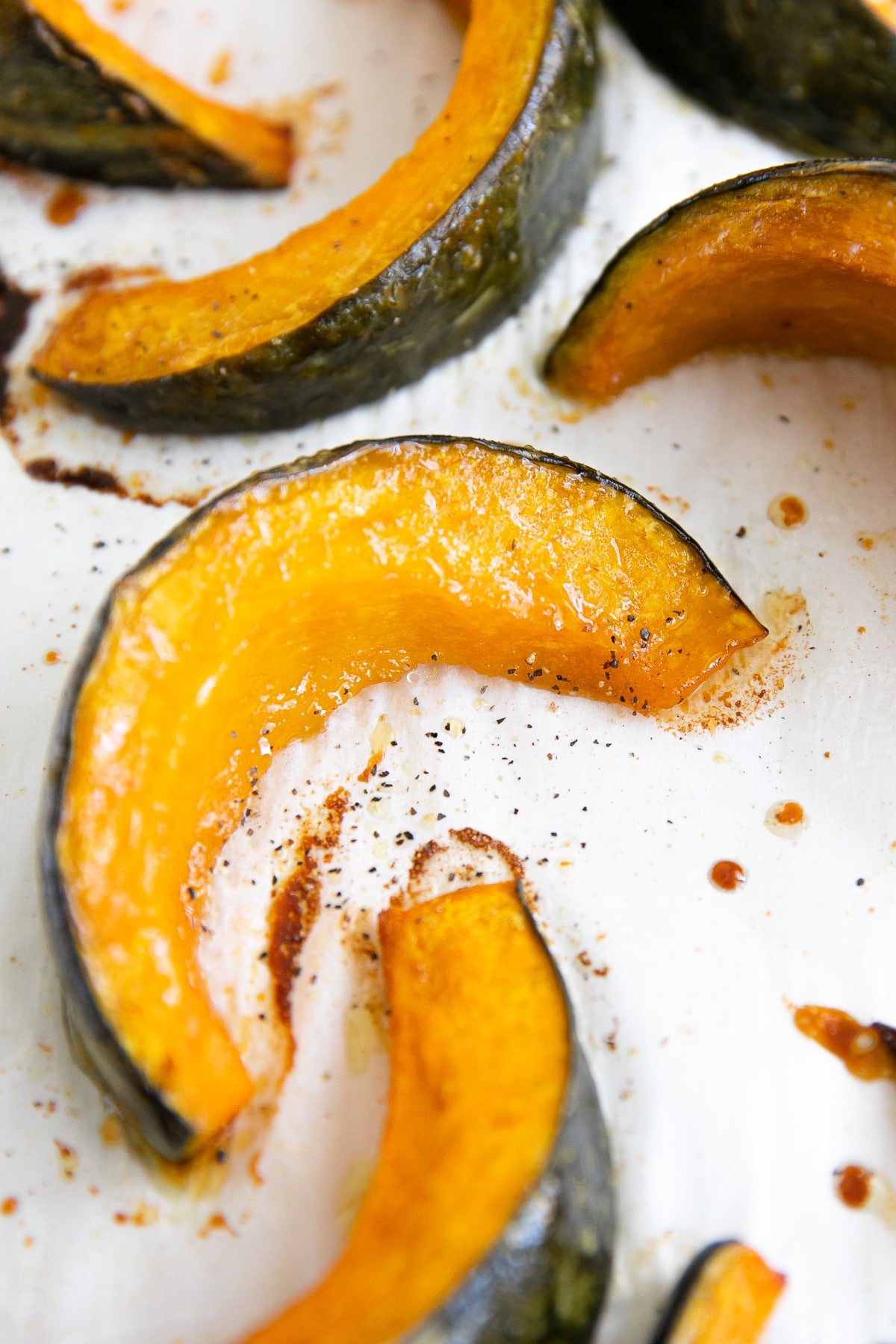
Today, I’m sharing my favorite roasted kabocha squash recipe. Preparing it is easy, so don’t let its tough exterior fool you. There’s no need to peel it; simply cut it into thick slices, wedges, or cubes, toss in a little olive oil, salt, and pepper, and roast in the oven until tender. The result is sweet, buttery soft golden flesh that tastes like a cross between baked sweet potatoes and baked pumpkin, with tender, edible skin and flavorful caramelized edges.
Table of Contents
What is Kabocha Squash?
Kabocha squash is a type of Japanese winter squash from the species Cucurbita maxima. Also known as Japanese squash or Japanese pumpkin, it’s easy to mistake this squash for a funny-looking green pumpkin.
It has a hard, tough exterior with dark green, dull, and knobby skin, and a shape nearly identical to round sugar pumpkins. Inside, it reveals bright yellow-orange flesh and small seeds. It is known for its sweetness (even sweeter than roasted butternut squash) and is a favorite in both sweet and savory dishes.
When and Where to Buy Kabocha Squash
As with most types of winter squash, kabocha squash is best in late summer and early fall, during its true growing season.
Depending on where you live, you may have luck finding it earlier in the summer season, or even year-round, from major grocery stores like Safeway, Whole Foods (where I found these in June), and Trader Joe’s. Give your local Asian market a call and see if they have any in stock or head to your local farmer’s market.
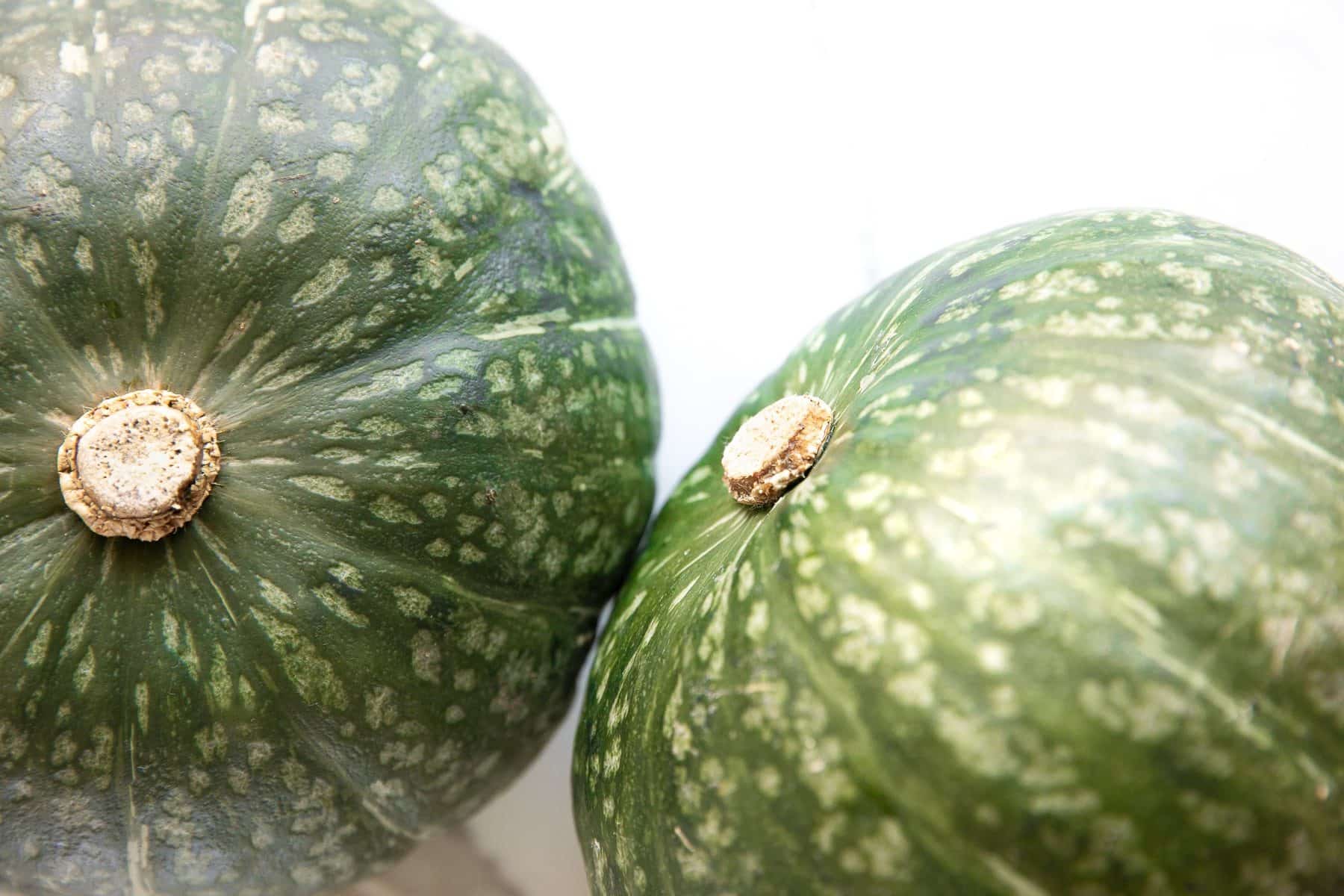
How to Cook Kabocha Squash
While you can simmer, puree, fry, or slow-cook it, the most flavorful way to cook kabocha squash is to roast it.
The best part? There’s no need to peel kabocha squash before (or after) roasting, as the skin is entirely edible (and actually quite delicious).
When picking out your Japanese squash, pay close attention to its color and weight. It should feel heavy for its size, and should be a deep, dark(ish) green color.
To start, preheat your oven to 400°F and line a large rimmed baking sheet with parchment paper. As the oven preheats, wash and thoroughly dry your squash (even if you don’t plan on eating the skin), then cut it.
How to Cut Kabocha Squash
If you’re like my husband, you’ll grab the sharpest knife you can find and slice right through the center, from the stem to base. This is totally fine – if you can do it safely. I prefer to soften my squash before slicing. You can soften kabocha squash in two ways:
- Microwave: Place the whole, unpeeled squash in the microwave and heat for 2 minutes, or just long enough to make it softer (and safer!) to cut.
- Oven: Preheat the oven to 350°F. Loosely cover the whole squash with foil and bake for about 10 minutes.
After, use a sharp knife to carefully slice the squash in half, from stem to base, and scoop out the seeds.
Then, cut the seeded halves into quarters, 4-6 wedges, or small 1-inch cubes.
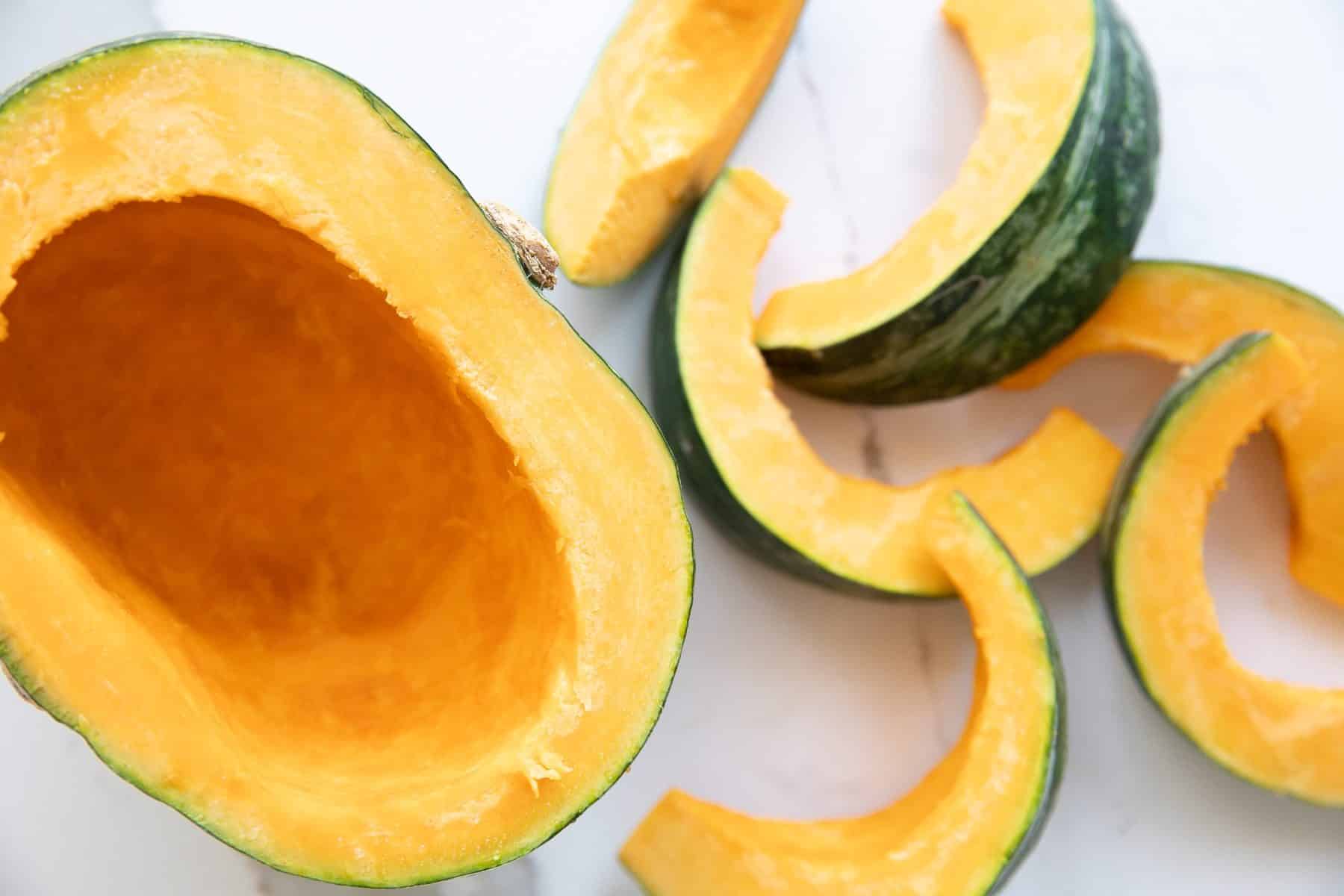
How to Roast Kabocha Squash
Coat the entire surface of the squash (skin + flesh) with olive oil, then season with salt and black pepper. For a little sweetness, add 1-2 tablespoons of maple syrup with the olive oil or sprinkle with a little brown sugar.
Place the squash on the prepared baking sheet in a single layer (if you’re baking halves, place them cut-side down).
Transfer to the preheated oven and roast the squash according to the following cook times:
- Halves: 45 to 60 minutes
- Quarters: 35-45 minutes
- Wedges: 25-35 minutes
- Small cubes: 20-30 minutes

Serving Tip
Roast kabocha squash with other veggies and your favorite protein for a complete one-pan meal. Here are some flavorful sheet-pan dinner ideas all cooked at 400°F.
- Squash wedges + bone-in chicken thighs + sliced carrots
- Squash cubes + meatballs + zucchini
- Squash wedges + chicken drumsticks + halved baby potatoes
Use a digital meat thermometer to ensure that the meat is fully cooked before serving.
How Long Does Kabocha Squash Last?
Whole, uncut, and uncooked kabocha squash will last anywhere between 2-4 months when stored in a cool, dry place.
Leftovers kept in an airtight container in the refrigerator should last between 3-4 days.
Don’t toss the seeds, roast them!
Kabocha squash seeds, like roasted pumpkin seeds, are completely edible and make a tasty, protein-packed snack. Just scoop them out, remove any stringy bits, rinse, and pat them dry. Toss with olive oil and a pinch of sea salt, then roast at 300°F for 35–45 minutes, stirring once halfway through, until they’re golden and crunchy.
Learn how to Cook Other Types of Squash
Have you tried this roasted kabocha squash recipe? Tell me about it in the comments below! I always appreciate hearing your thoughts.
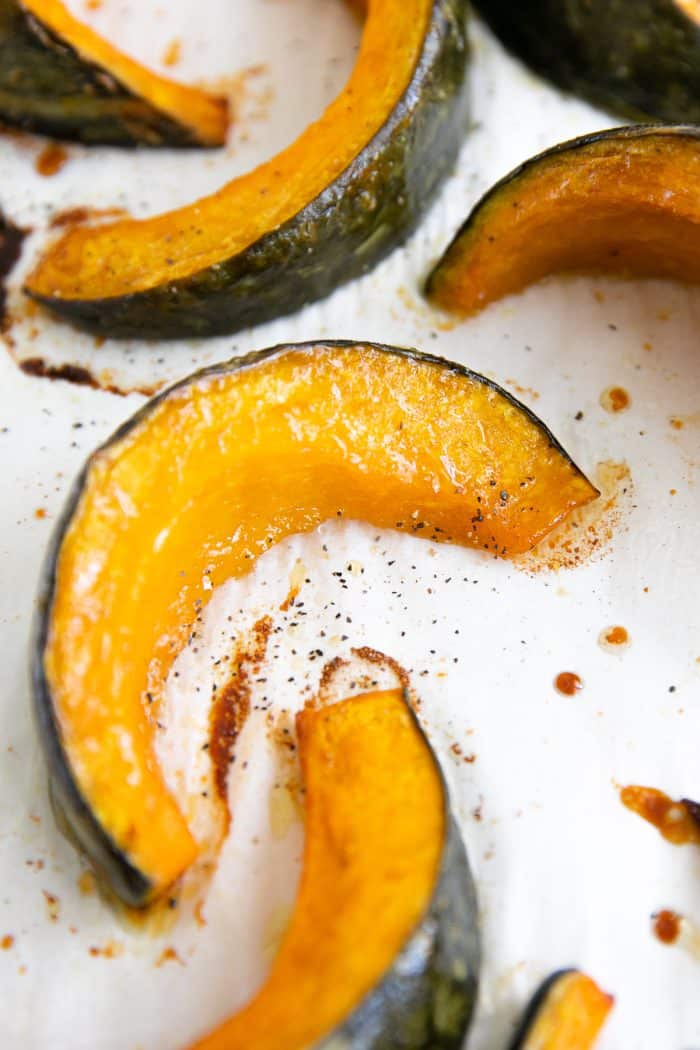
Roasted Kabocha Squash Recipe
Ingredients
- 1 medium whole kabocha squash (Japenese squash), approx. 3 pounds
- 2 teaspoon olive oil, or coconut oil
- salt and pepper , to season
Instructions
- Preheat oven to 400°F. Line a large rimmed baking sheet with parchment paper or aluminum foil.
- Wash and cut the squash in half from stem to base. Scoop out the seeds. Leave the squash in two halves or slice into smaller wedges.
- Brush the entire surface of the squash with olive oil and season with salt and pepper, to season. Transfer to the prepared baking sheet or baking pan.
- Bake for approximately 25 minutes (for wedges) or 45-60 minutes for halves, or until tender and easily pierced with a fork.
- Serve, as is, or scoop and mash into a puree.
Notes
- Optional: Drizzle with maple syrup or sprinkle with brown sugar before or after roasting for sweetness. Sprinkle with bacon bits or drizzle with butter, if desired.
- Leftover cooked squash will last for approximately 3-4 days when stored in the refrigerator in a sealed container.
- You may also freeze leftover cooked squash in an airtight container for up to 3-4 months.
- Save and roast the seeds just as you would pumpkin seeds.
- As written, this recipe is vegan, gluten-free, dairy-free, and low-fat.
Nutrition
Nutrition information is automatically calculated, so should only be used as an approximation.
Kabocha Squash Nutrition
Per 1 cup (85 grams) of uncooked kabocha squash you’ll get approximately:
- Calories – 39
- Fat – 0 grams
- Carbs – 9 grams
- Sugar – 3 grams
- Fiber – 1 gram
- Protein– 1 gram
- Vitamin A – 93%
- Vitamin C – 19%
Japanese squash is high in the antioxidant beta-carotene. This naturally occurring pigment is responsible for the orange color in certain plants, with the richest sources of beta-carotene being found in yellow, orange, and green leafy fruits and veggies (carrots, spinach, tomatoes, kale, winter squash, etc). (source)
Beta-carotene plays a pretty big role when it comes to health and nutrition as it is converted into vitamin A after consumption. While ingesting too much Vitamin A may be toxic to the body, your body will only convert as much beta-carotene into vitamin A as needed.
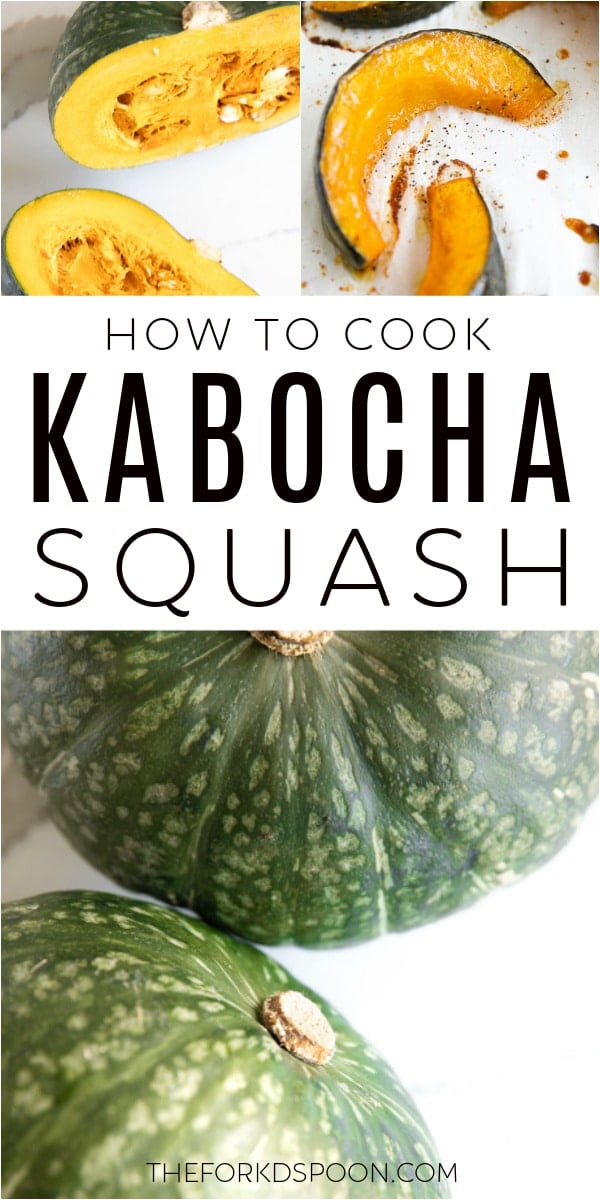




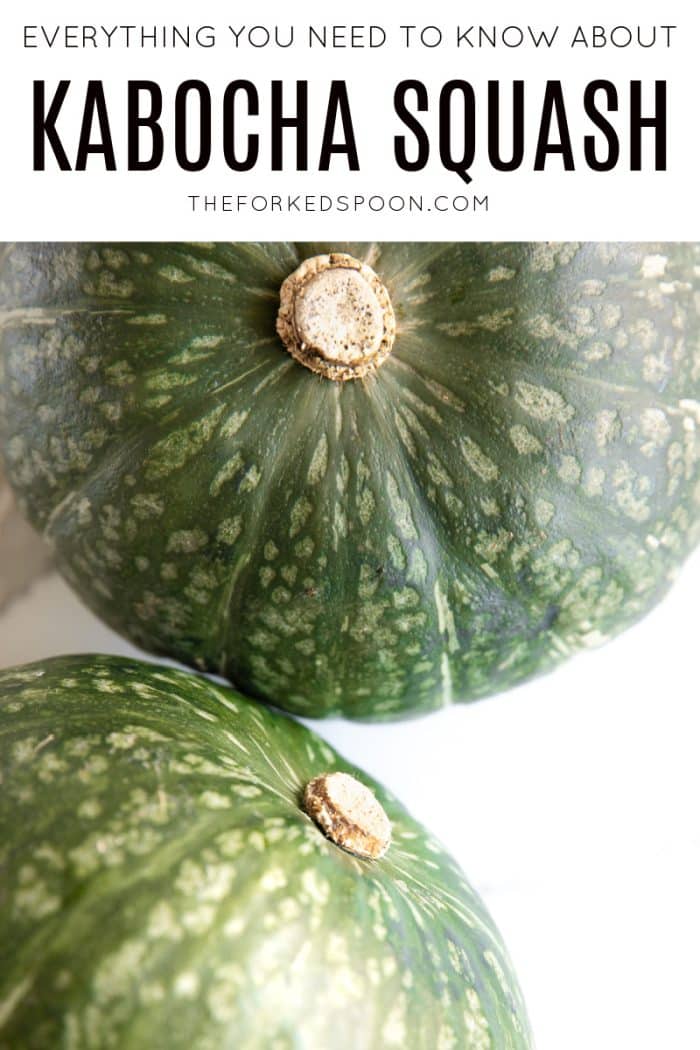
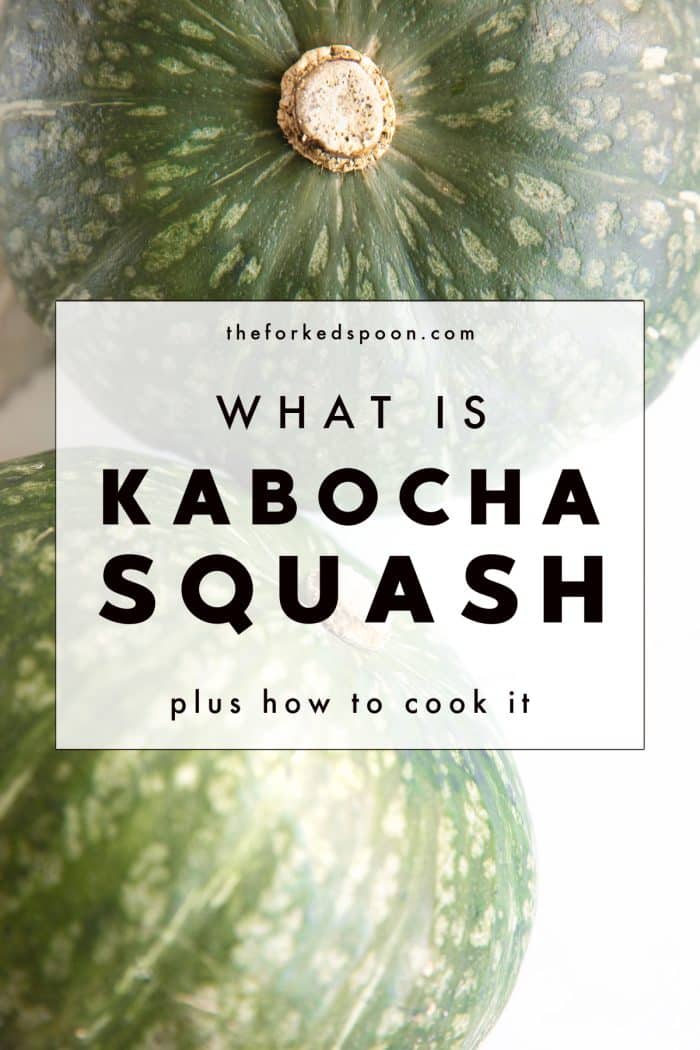

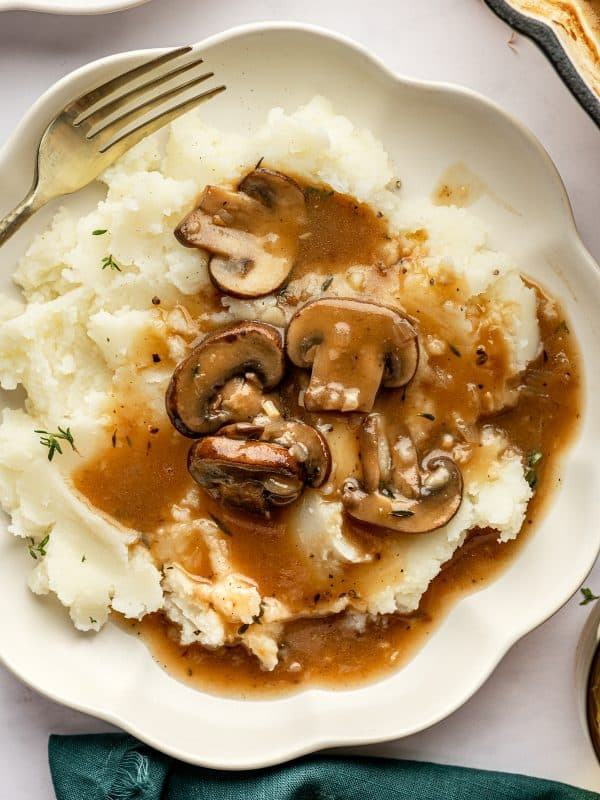
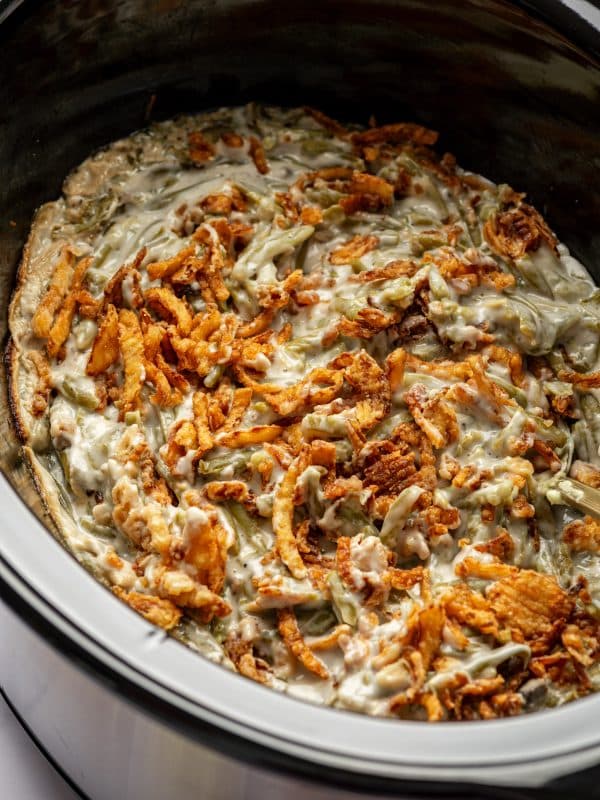
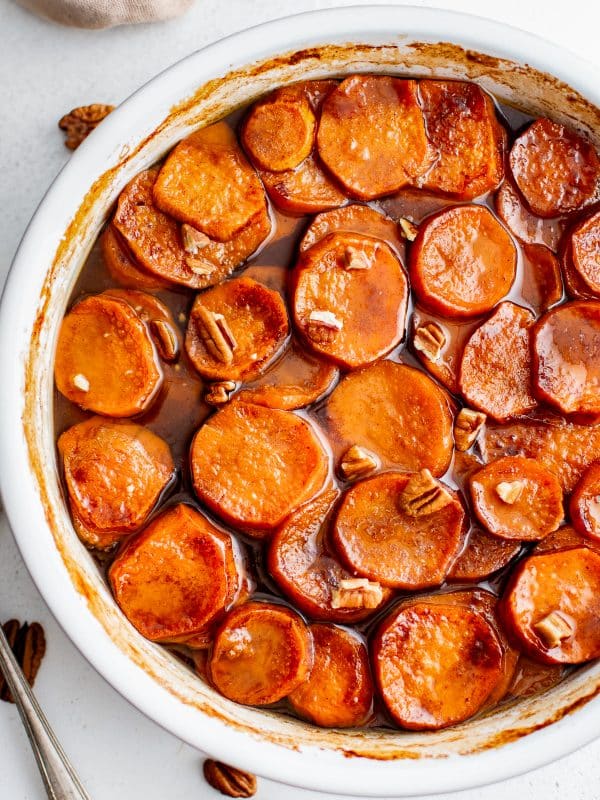
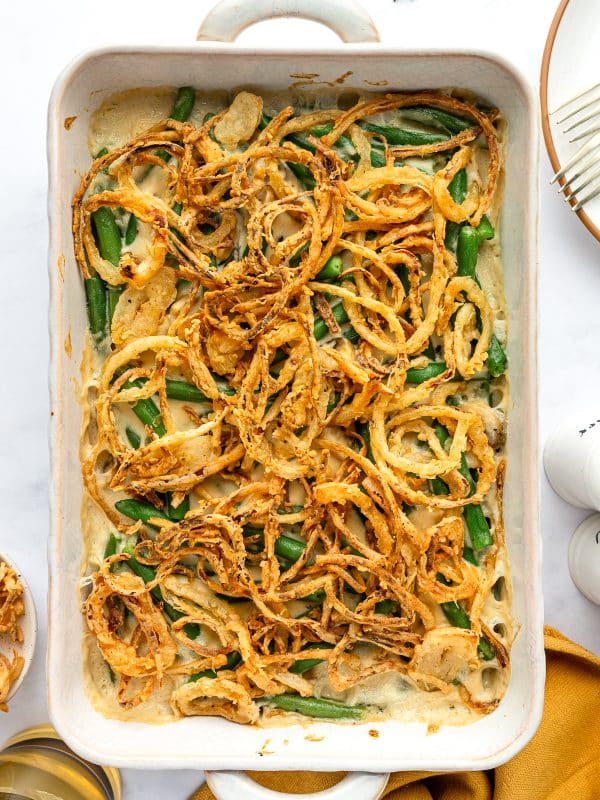








Great snack, also!
This was my first experience with this squash. I opted for simply roasting it, it was great! I’m glad I finally tried it!
This is my favorte squash. Sweet, flavorful, and a solid texture, not mushy like a lot of squash. My favorite way of preparting is to slice into little wedges and then fry it in avocado oil. Try it for Superbowl Sunday, everyone will love it.
I’ve used this squash just once. Generally, I love winter squashes but this was bitter and unpleasant.
Mexicans have been eating it a long time. I grew up eating it and still do. My friends here think it’s a delicious novelty
This is my favorite squash – by far. I do love ALL squash and eat them regularly. But, I look forward to this kind — a little drier and sweeter. I cut in half, rub butter on all cut surfaces and roast in the oven. Good eating!!!
I discovered this squash last fall at a farmers market and fell in love. I have always loved a dry winter squash but this is so very perfect. I even found seeds and grew a few this summer. The vines grew very long and I got some edible sized fruit. Since we like squash throughout the winter, I bake the whole squash …several at a time… scoop out the flesh, mash it and package it in meal size freezer bags for winter enjoyment. I’m sure I could save the hardened off fruits for several months, but this is easy to do all at once.
I live in South Korea, and kabocha squash is abundant! I agree, it is delicious, sweet, tender when roasted/steamed, and the skin is edible. It is also a pretty, colorful vegetable 🙂 You can keep and roast the seeds, just like pumpkin seeds. Kabocha is a common veggie in Korean cooking, and it features in many side dishes! Koreans may add a little honey or corn syrup to the recipe, similar to how Westerners add a bit of maple syrup.
Thanks for the great info, feedback, and rating Pam 🙂
How do you prepare the seeds? Aren’t they in pretty hard shells and difficult to extract?
Hi Jessica,
Where can i buy these melons from?
Regards,
Julie
When in season, these can be found at farmer’s markets and select grocery stores depending on where you live.